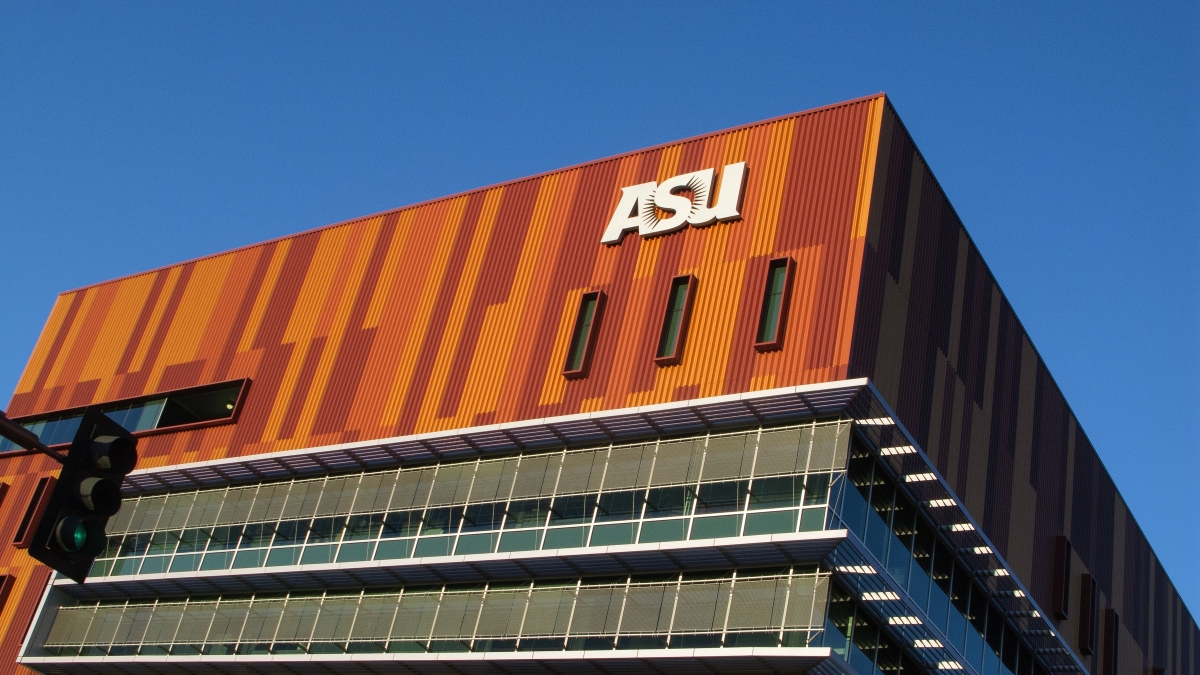Editor's note: This story is being highlighted in ASU Now's year in review. To read more top stories from 2016, click here.
Arizona State University’s Walter Cronkite School of Journalism and Mass Communication is teaming up with Google News Lab to help test new tools and training and encourage their use throughout journalism education.
The school will serve as a first-of-its-kind test bed for new trainings by Google News Lab through Cronkite News, the multi-platform news division of Arizona PBS, with its “teaching hospital” model of journalism education, produced by students and guided by professionals.
Google News Lab helps journalists and entrepreneurs worldwide as they find new ways to discover, create and distribute news.
“The News Lab recognizes that the future of journalism is with the journalism professors and students of today, and we're excited to work with the Cronkite School, a leader in journalism education, in this effort to further the skills of tomorrow's budding journalists," said Nicholas Whitaker, media outreach manager at Google News Lab.

Starting this summer, Google News Lab staff will meet with Cronkite News faculty and students to train them on variety of journalism tools involving data visualizations, immersive storytelling, verification and fact checking, as well as audience engagement and other topics involving Google tools.
Cronkite News is the multi-platform news division of Arizona PBS, with a “teaching hospital” model of education, produced by students and guided by professionals. Photo by Courtney Sargent
“Journalism innovation starts with experimentation,” said Christopher Callahan, dean of the Cronkite School. “Our students have a rare opportunity to help shape the future of journalism through this pilot with Google News Lab. We are thrilled to be the first journalism school to work on such an important project.”
At ASU, the pilot is being led by Eric Newton, Cronkite innovation chief, who drives new, cutting-edge ideas and initiatives at Cronkite News and school-wide. In addition to its nightly television news broadcast that reaches 1.9 million households, the multi-platform news operation features web, social and mobile distribution as well as reporting bureaus in Phoenix, Washington and Los Angeles.
“Since our students already are trying new tools and techniques, this pilot with Google News Lab was a natural,” Newton said. “Journalism students today need to know the best practices of digital journalism to get that first job, but to enjoy long careers, we think they’ll need to know how to change with the times.”
The Cronkite School is widely recognized as one of the nation’s premier professional journalism programs. The school is the home of Arizona PBS, which serves as a journalistic teaching hospital for hundreds of students who work under more than a dozen full-time faculty at Cronkite News.
For more information
- Google News Lab: https://newslab.withgoogle.com/
- Cronkite News: http://cronkitenews.azpbs.org/
- Cronkite Lab: http://cronkitelab.news/
- Google — Introducing the News Lab: https://googleblog.blogspot.ie/2015/06/introducing-news-lab.html
More Law, journalism and politics
Spring break trip to Hawaiʻi provides insight into Indigenous law
A group of Arizona State University law students spent a week in Hawaiʻi for spring break. And while they did take in some of the sites, sounds and tastes of the tropical destination, the trip…

LA journalists and officials gather to connect and salute fire coverage
Recognition of Los Angeles-area media coverage of the region’s January wildfires was the primary message as hundreds gathered at ASU California Center Broadway for an annual convening of journalists…

A new twist on fantasy sports brought on by ASU ties
A new fantasy sports gaming app is taking traditional fantasy sports and mixing them with a strategic, territory-based twist.Maptasy Sports started as a passion project for Arizona State University…


